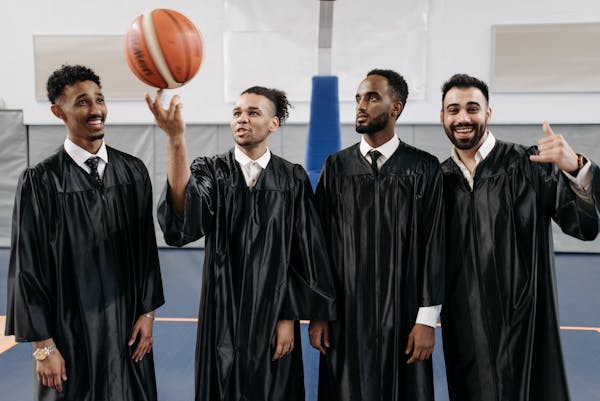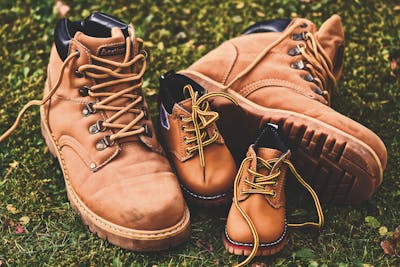
12 The Best Winter Baby Shoes, New Brand 2024
 Abdur Rahim
Abdur Rahim- 0
- 83
Best Winter Baby Shoes, warm, and secure as winter approaches is essential. Baby shoes designed for winter offer protection against cold and critical support for developing feet. In this guide, we’ll cover everything you need to know about choosing the best winter baby shoes, ensuring comfort and safety for your child in the colder months.
Table of Contents
ToggleWhy Winter-Specific Baby Shoes Matter
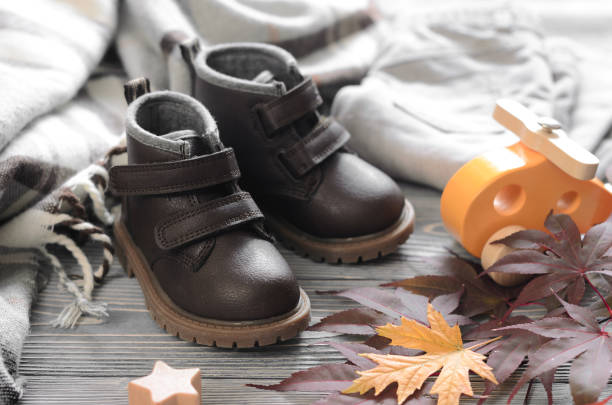
Winter baby shoes are not just miniature versions of adult winter footwear. Babies’ feet are sensitive and require special care to maintain warmth, circulation, and support during critical stages of growth. Winter baby shoes incorporate features like added insulation, flexible yet sturdy materials, and slip-resistant soles to cater specifically to babies’ needs.
Key Features to Look for in Winter Baby Shoes
1. Insulation and Warmth
Babies lose heat quickly, especially through their extremities. Winter baby shoes should be well-insulated to maintain warmth, ideally with materials such as fleece or shearling lining that offer softness and insulation without adding bulk.
2. Flexible Sole for Natural Foot Movement
Winter baby shoes should allow for natural foot movement, helping your baby learn to balance and walk without restriction. Look for shoes with flexible soles that support crawling and early walking, ensuring that babies’ toes can grip surfaces as they explore.
3. Waterproof and Windproof Materials Winter Baby Shoes
Choose shoes made from waterproof or water-resistant materials to protect against snow, rain, and slushy conditions. Shoes that repel moisture keep babies’ feet dry and warm, preventing discomfort and irritation. Some of the best materials include treated leather, synthetic weather-resistant fabrics, and rubber.
4. Easy Fastening Mechanism
Babies are notorious for wiggling out of shoes. Opt for designs with secure but easy-to-use fastenings like Velcro, zippers, or elastic bands. These closures make it easy to put on or remove shoes while preventing them from slipping off.
5. Breathability and Moisture Control
Even in winter, babies’ feet can sweat. Choose shoes with breathable linings to prevent excessive moisture, which could make feet cold. Look for materials like cotton or wool, which allow air circulation while keeping warmth in.
Top Types of Winter Baby Shoes
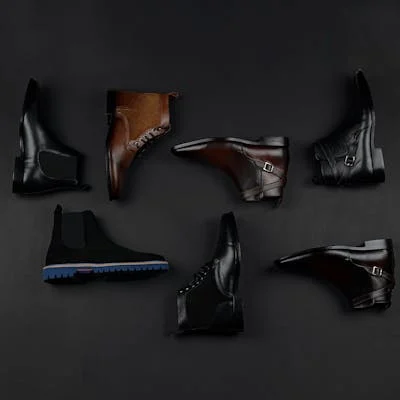
Booties for Newborns and Infants
Winter booties are ideal for newborns who are not yet walking. Booties are lightweight and warm, and feature soft materials that keep tiny feet snug without restricting movement.
Soft-Sole Shoes for Pre-Walkers
Soft-sole shoes offer protection without interfering with the development of natural foot movement. They are perfect for babies learning to pull themselves up, crawl, or take their first steps. Soft soles allow a natural feel, supporting proper foot arch and muscle development.
Hard-Sole Shoes for Confident Walkers
For babies already walking, hard-sole winter shoes provide extra support and durability. Hard soles with non-slip treads are essential for walking on icy or wet surfaces. These shoes typically come in waterproof and insulated designs, keeping active toddlers’ feet protected and warm.
Top Winter Baby Shoes for Comfort and Protection
1. UGG Bixbee Booties
UGG Bixbee Booties are popular for their plush softness and warmth, featuring a hook-and-loop closure for easy wearing. They are lightweight and provide enough insulation for moderate winter days, making them a go-to choice for parents seeking comfort and style.
2. Bogs Baby Bogs Waterproof Boots
Known for their durable waterproof material, Bogs Baby Bogs are perfect for snowy or wet conditions. They are insulated and feature an easy pull-on design with handles, making them a convenient choice for parents while providing all-day warmth for babies.
3. Robeez Soft-Sole Shoes
For pre-walkers, Robeez soft-sole shoes offer a snug, flexible fit with a range of cute, winter-themed designs. Their elastic ankle band ensures the shoes stay on securely, making them a popular choice for babies learning to crawl or take their first steps.
4. Columbia Baby Snow Boots
Designed for active toddlers, Columbia Baby Snow Boots provide heavy insulation and a non-slip sole for snowy adventures. With a thick, waterproof outer layer, these boots are excellent for extended outdoor play.
Size Guide: Getting the Right Fit for Winter Baby Shoes
When choosing winter baby shoes, ensuring a proper fit is essential. Here are a few sizing tips to keep in mind:
- Allow Room for Growth: Baby feet grow quickly, so choose a size that leaves some room for growth—about a thumb’s width between the toe and the front of the shoe.
- Check the Width and Flexibility: Shoes that are too tight can hinder circulation, while shoes that are too loose may slip off. Look for a flexible sole that lets you gently bend the shoe without resistance.
- Measure Feet Regularly: Babies can grow a half-size or more every few months, so re-measure their feet each season to ensure a comfortable fit.
How to Care for Winter Baby Shoes
Proper care prolongs the life of baby shoes and maintains their protective features.
- Clean Regularly: Use a soft brush or cloth to remove dirt and grime after each use, especially if shoes are waterproof.
- Avoid Excessive Heat: Let shoes air-dry naturally. Excessive heat from dryers or heaters can damage materials.
- Use Waterproof Spray: For shoes not naturally waterproof, use a gentle waterproofing spray to maintain water resistance.
FAQ: Common Questions About Winter Baby Shoes
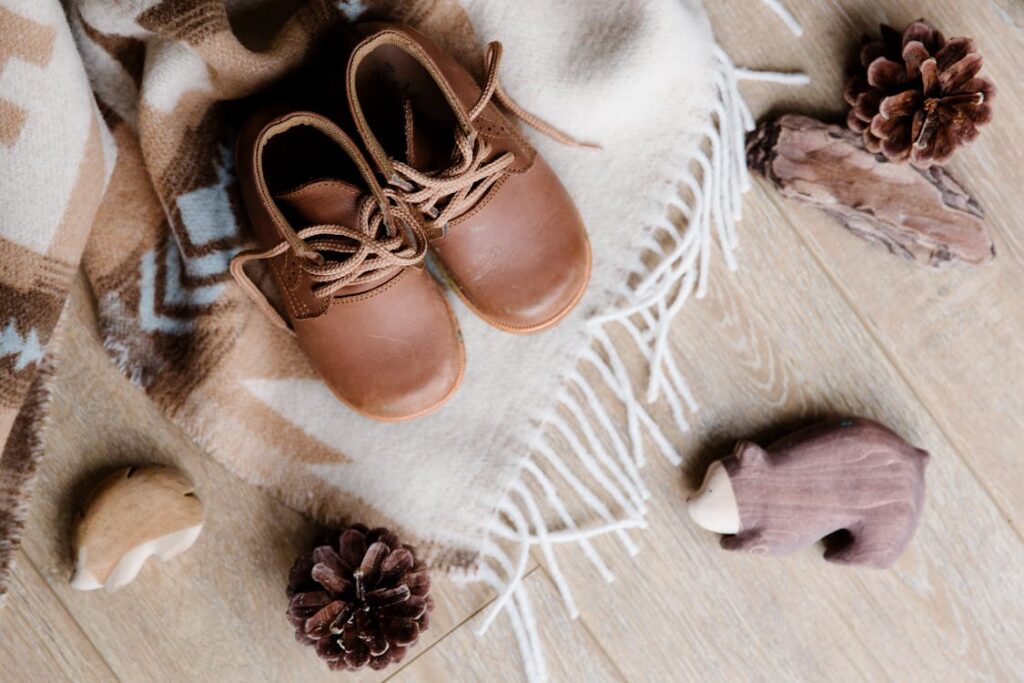
How Many Pairs of Winter Shoes Does My Baby Need?
Most parents find two pairs—one for everyday wear and one for outdoor play—sufficient. Having an extra pair allows for drying time if one pair gets wet or muddy.
Can My Baby Wear Regular Socks with Winter Shoes?
Yes, but it’s best to pair winter shoes with thicker, breathable socks that wick moisture away. Wool or fleece socks are ideal for providing warmth and preventing chafing.
What If My Baby Doesn’t Like Wearing Shoes?
Many babies resist wearing shoes initially. Let them wear the shoes for short periods indoors to get accustomed. Selecting soft, flexible shoes that mimic the feel of bare feet can help ease the transition.
Are Hard-Sole Shoes Better for Winter?
Not necessarily. Soft soles are preferable for babies who are not yet walking independently. Hard soles are better for toddlers who spend more time outdoors, providing support and grip for snowy or icy surfaces.
Conclusion: Choosing the Best Winter Baby Shoes
Selecting the right winter baby shoes involves balancing comfort, warmth, and support. Prioritize insulation, waterproof materials, and secure fastenings for maximum protection and ease. By choosing shoes suited to your baby’s development stage—whether soft-sole for early walkers or hard-sole for toddlers—you’ll keep your child comfortable and safe in winter conditions

Assalamu Alaikum.. I am Abdur Rahim I have been working in fashion for a long time I am in US and UK and I write about this topic in many places. I have been working and working on this topic for a long time And I am a blogger I have been blogging about fashion for a long time in different places.



